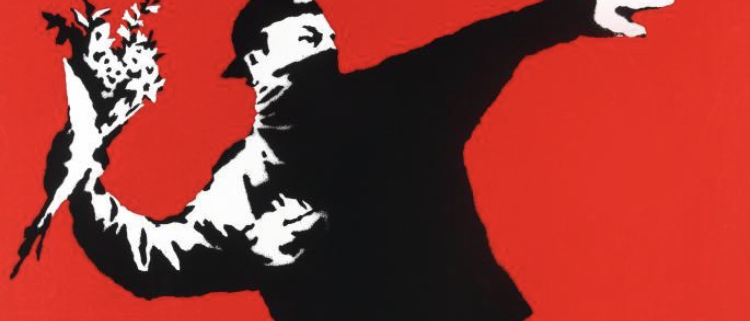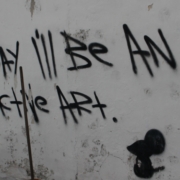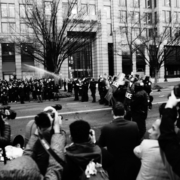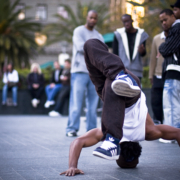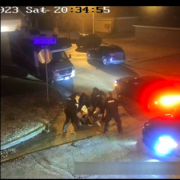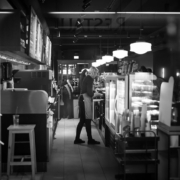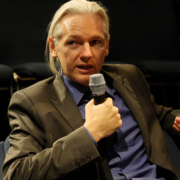Rebel without a clause: The trouble with copyright and trademarks in connection with graffiti and street art
Last week, Banksy, the elusive British street artist, or more specifically Pest Control, the company that represents him, lost a trademark case in the European Union Intellectual Property Office. They argued that because Pest Control had not used the image that Banksy created in order to generate income, during a specific period in time, then others (in this case a greeting card company) were free to exploit its use. Although the circumstances surrounding this case are both complicated and interesting, there are a handful of important takeaways from this series of events.
With few exceptions, graffiti and street art fascinates many people because of the way subjects and objects are depicted, the creator’s boldness and originality, and the considerable thought, care and skill that many writers and artists take in crafting their work.
There’s also a transgressive aspect to a lot of graffiti and street art. This work can confront large powerful interests without the necessity of engaging in violent protest that can be so destructive in terms of physical injuries and loss of human lives and property. That is why graffiti and street art are understood to be weapons of the weak.
This does not mean that graffiti and street art can’t be criticized. There are numerous context specific places where the application of graffiti and street art is generally frowned upon even by practitioners. This usually includes hate graffiti and when national parks and places of religious worship become littered with graffiti and street art. (I’m told, however that in Budapest, churches are hit because of their close association with the Communist past). I also find some of the rationales that some graffiti writers and street artists use to justify their work (e.g., like they are simply beautifying an ugly city or neighborhood, unlike museums that charge an admission, they are creating free art, etc.) to be a little hollow.
I find it a strange, almost hypocritical, when graffiti writers and street artists who choose to place their work on surfaces without the consent of the owner yet claim copyright or trademark infringement when the image is used by others to make a profit. I know there is a growing and significant body of law (such as The Visual Artists Rights Act of 1990 in the United States) that has developed in this area, and it attempts to protect the rights of both the artist and the property owner. But the recent Banksy case is different.
I understand that a considerable amount of thought, planning, and labor may have been invested into the creation of many of the pieces, but to my mind it seems disingenuous to simultaneously transgress against a person or that entities’ property and then later claim that the owner or a third party (like a corporation) has now transgressed against them by making a buck and now not playing fair.
To me this would be equivalent to starting a fist fight with someone, the person who you hit ends up kicking your butt, and then you go to the police to complain that the fight was not fair. It seems hypocritical. Either accept the outcome or don’t pick fights with people who may whoop you. And by all means don’t appeal to a higher authority for justice in these situations.
This brings us back to Banksy, and other similar graffiti and street art practitioners. If you place graffiti and street art on a surface without the express permission of the owner of the property, no matter its importance or quality, you give up most rights to that work. And it should not come as a surprise when the person transgressed against is able to profit from the work you did.

